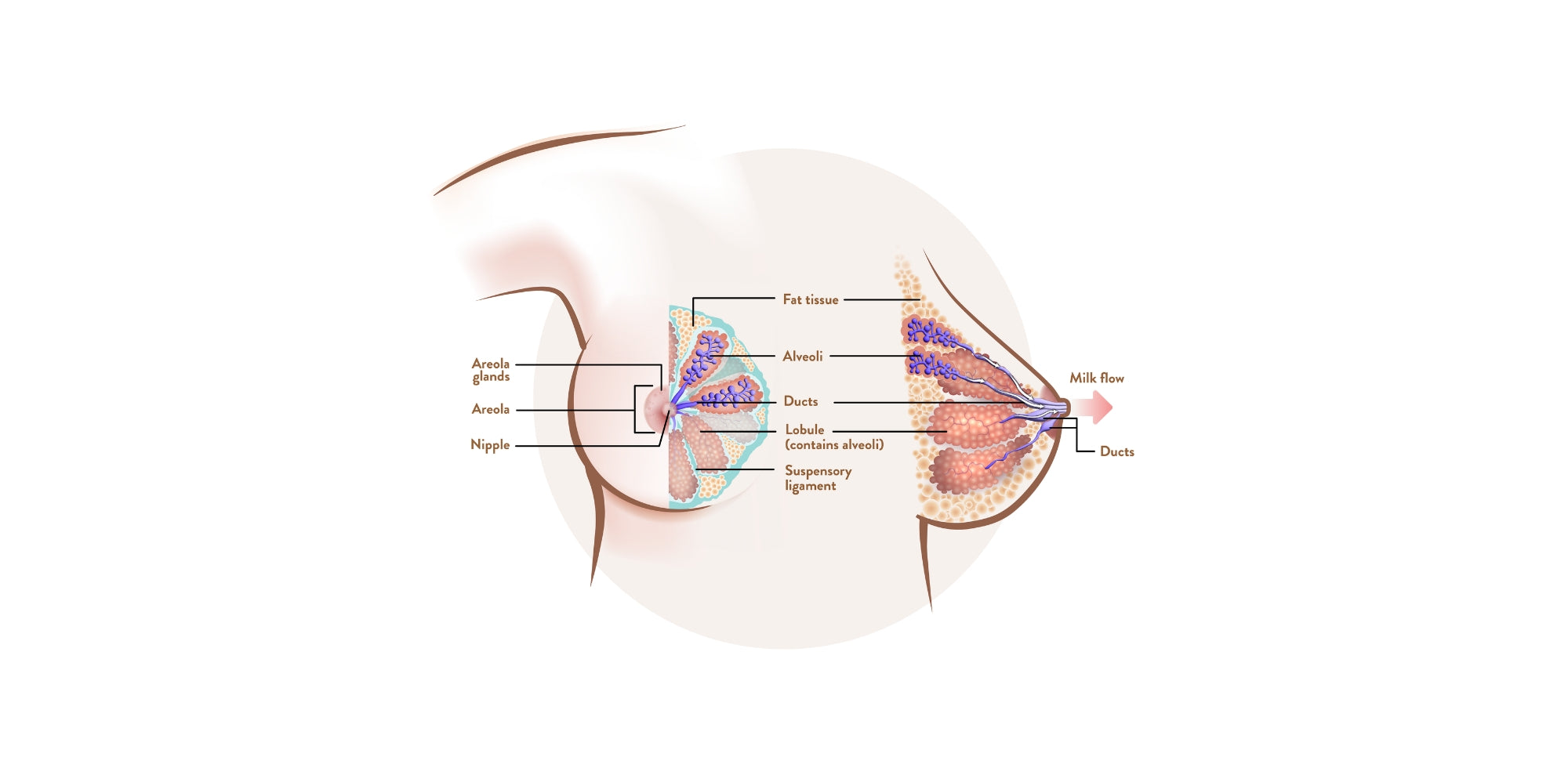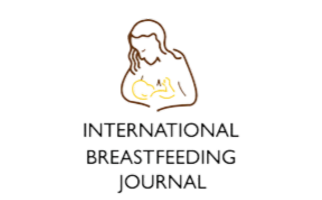Lactamo provides comprehensive instructions – both with the product and online videos. However, demonstrating Lactamo with your patients is an added benefit to facilitate optimal use, including discussing correct amounts of pressure and speed, direction of rolling, and where on the breast is best for different conditions.
For all conditions, use Lactamo gently and slowly when massaging breast tissue to prevent further inflammation or any trauma.
Lactamo can be used before, during, or after breastfeeding or pumping to address:
- engorgement
- blocked milk ducts
- mastitis
- low milk supply
- oversupply
and also to:
- aid antenatal hand expression
- assist with active suckling with sleepy babies at the breast*
- avoid breastfeeding issues before they develop (proactive use).
*sleepiness at the breast has many causes. Babies who are often or always sleepy at the breast may require further investigation, support and/or treatment to establish the cause.
How to heat Lactamo:
- Submerge in hot water for 3 minutes (Note: this can be as hot as desired depending on need, ranging from luke warm to boiling) OR
- Place in a conventional steam steriliser for one cycle
DO NOT place Lactamo in the microwave (neither to heat it nor to sterilise it).
Roll Lactamo between your palms for 10 seconds after heating to ensure it is not too hot.
How to cool Lactamo:
- Place in the freezer (ideally for at least 1 hour) OR
- Submerge in iced water for at least 3 minutes
Relieving engorgement
Breast engorgement is a painful condition affecting large numbers of women in the early postpartum period. It may lead to premature weaning, cracked nipples, mastitis and breast abscesses. Engorgement is caused by greater volumes of milk (often around 2 to 4 days postpartum) as well as increased blood flow and lymph fluids in the breast tissues.

Managing expectations on breast changes and milk flow in the first few days postpartum, and what is ‘normal’, will help minimise longer-term issues.
Aim: encourage lymphatic flow, reducing swelling and inflammation
Step 1: Heat Lactamo.
Step 2: Roll Lactamo down the mother’s sternum 4-6 times, stimulating the thoracic area to encourage the flow of lymphatic fluid.
Step 3: Roll under the armpit/s in a circular motion 4-6 times.
Step 4: Roll over the breast/s in an upward direction towards the armpit/s. This movement is particularly useful with inflamed milk ducts and early-stage mastitis.
To help address early-stage mastitis, spend more time on this step.
If using during feeding or pumping to aid milk flow:
Step 5: Roll over the breast towards the nipple for a few minutes, taking care to remain focused on the quality of the baby’s feeding and not disrupt attachment to the nipple.
Relieving clogged ducts and mastitis
Clogged or blocked ducts is a condition where a blockage in a milk duct results in insufficient drainage of that duct. Milk then builds up behind the blockage and the pressure in the duct may lead to localised discomfort in the breast or a lump may form.

If a blocked milk duct is not treated effectively, this may lead to mastitis. This can present as a painful and swollen area on the breast. The skin may be red or pink with shiny, silvery streaks (harder to see on darker skin), and the breast may feel hot and sore. It can come on suddenly causing flu-like symptoms such as fever, chills, headache and body aches and pains.

Aim: encourage lymphatic flow, reducing swelling and inflammation
Step 1: Heat Lactamo.
Step 2: Roll Lactamo down the mother’s sternum 4-6 times, stimulating the thoracic area to encourage the flow of lymphatic fluid.
Step 3: Roll under the armpit/s in a circular motion 4-6 times.
Step 4: Roll over the breast/s in an upward direction towards the armpit/s. This movement is particularly useful with inflamed milk ducts and early-stage mastitis.
To help address early-stage mastitis, spend more time on this step.
If using during feeding or pumping to aid milk flow:
Step 5: Roll over the breast towards the nipple for a few minutes, taking care to remain focused on the quality of the baby’s feeding and not disrupt attachment to the nipple.
Boosting milk supply
Lactation insufficiency occurs for a number of reasons.
Primary lactation insufficiency occurs less often and is due to inadequate glandular tissue as a results of breast abnormalities, breast, nipple or thoracic surgery, or hormonal complications (such as PCOS or thyroid abnormalities). Where any of these conditions are known or suspected, a referral to a lactation consultant is recommended to review the history and presenting concerns. The aim is to support the mother to reach her breastfeeding goals whilst ensuring the infant’s nutritional needs are being met.
Secondary lactation insufficiency, which occurs more commonly, is usually a result of mis-matched feeding routines.
Educating mums on average milk production and consumption based on baby’s weight, and advising mums on how to measure milk production is essential.
Aim: stimulate milk production, boost blood flow and encourage let-down reflex
Step 1: Heat Lactamo.
Step 2: Roll over the breast for a few minutes, massaging towards the nipple. Continue this process for as long as possible whilst feeding (or pumping) session is in progress, always focusing on the quality of the baby’s feeding and the attachment to the nipple.
Also try alternating between rolling Lactamo towards and over the nipple with gentle circular movements.
Mothers with ongoing supply issues may require further investigation and additional support.
Oversupply
Please note, there is only one technique for Lactamo advised in oversupply; using in other ways detailed above may encourage more milk production.
Do not use Lactamo over the nipple for oversupply.
It may take ~4 weeks for milk supply to balance out to baby’s needs. In the meantime, management of the oversupply is important so as not to develop other issues such as blocked ducts, mastitis or breast abscesses.
Aim: drainage of breast of milk and lymphatic fluids, encourage let-down reflex
Step 1: Heat Lactamo.
Step 2: Roll over the breast towards nipple with either long strokes or circular motions, helping to drain the breast and encourage the let-down reflex (if necessary).
After breastfeeding or pumping for all conditions:
Aim: reducing inflammation and soothing breast tissue
Step 1: Place a cooled Lactamo on the breast/s but avoid compression or massage at this stage.
Antenatal hand expression
Antenatal breastmilk expression (aBME) has demonstrated potential to hasten lactogenesis II, decrease postpartum breast engorgement, avoid the need for breastmilk substitutes (infant formula), improve blood glucose stabilization in newborns at risk of hypoglycemia, and increase exclusive breastfeeding maintenance up to 6 months postpartum.
Aim: increase circulation, stimulate the nipple and trigger oxytocin
Before expressing:
Step 1: Heat Lactamo.
Step 2: Roll Lactamo in a circular motion over the entire breast for a few minutes.
Step 3: Roll towards the nipple and over the nipple ensuring all areas are covered. Start at the outside of the nipple and move inwards and over the nipple.
During expressing, alternate between hand expression and massage techniques outlined above.
Encouraging a sleepy baby
Aim: stimulate steady milk production, boost blood flow and encourage let-down reflex
Step 1: Heat Lactamo.
Step 2: Roll Lactamo over the breast towards the nipple for a few minutes before feeding.
Step 3: When baby becomes sleepy during feeding, apply gentle pressure with Lactamo and hold in position to create compression (ensure position doesn’t interfere with baby’s attachment to the breast). Apply pressure for 1-2 minutes before repeating on another area as required.
Proactive use of Lactamo
Lactamo can be used to help avoid breastfeeding problems before they develop. Follow the instructions above for the breastfeeding issue you’re aiming to avoid.
References:
- La Leche League International. Improve global breastfeeding practices. 2021. Available at: https://www.llli.org/2021-world-health-day-improve-global-breastfeeding-practices/. Accessed on: 13/02/2023.
- Seet L & Vasilevski V. Int Breastfeed J 2022; 17(23):1-9.
- Anderson L, et al. JBI Database System Rev Implement Rep 2019; 17(8):1668-1694.
- Witt AM, et al. J Hum Lact 2016; 32(1):123-131.
- Foda M, et al. J Pediatr Gastroenterol Nutr 2004; 38(5):484-487.










